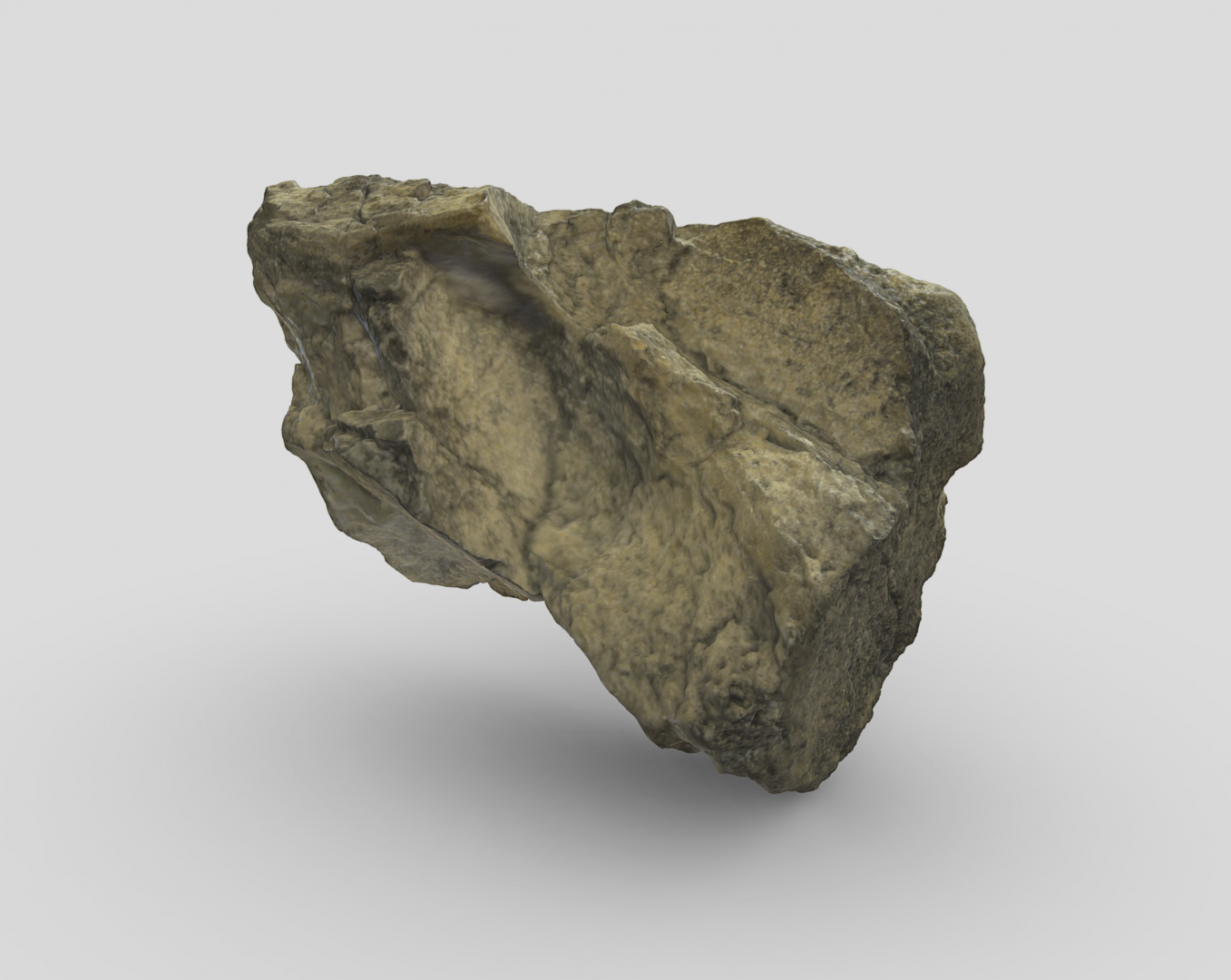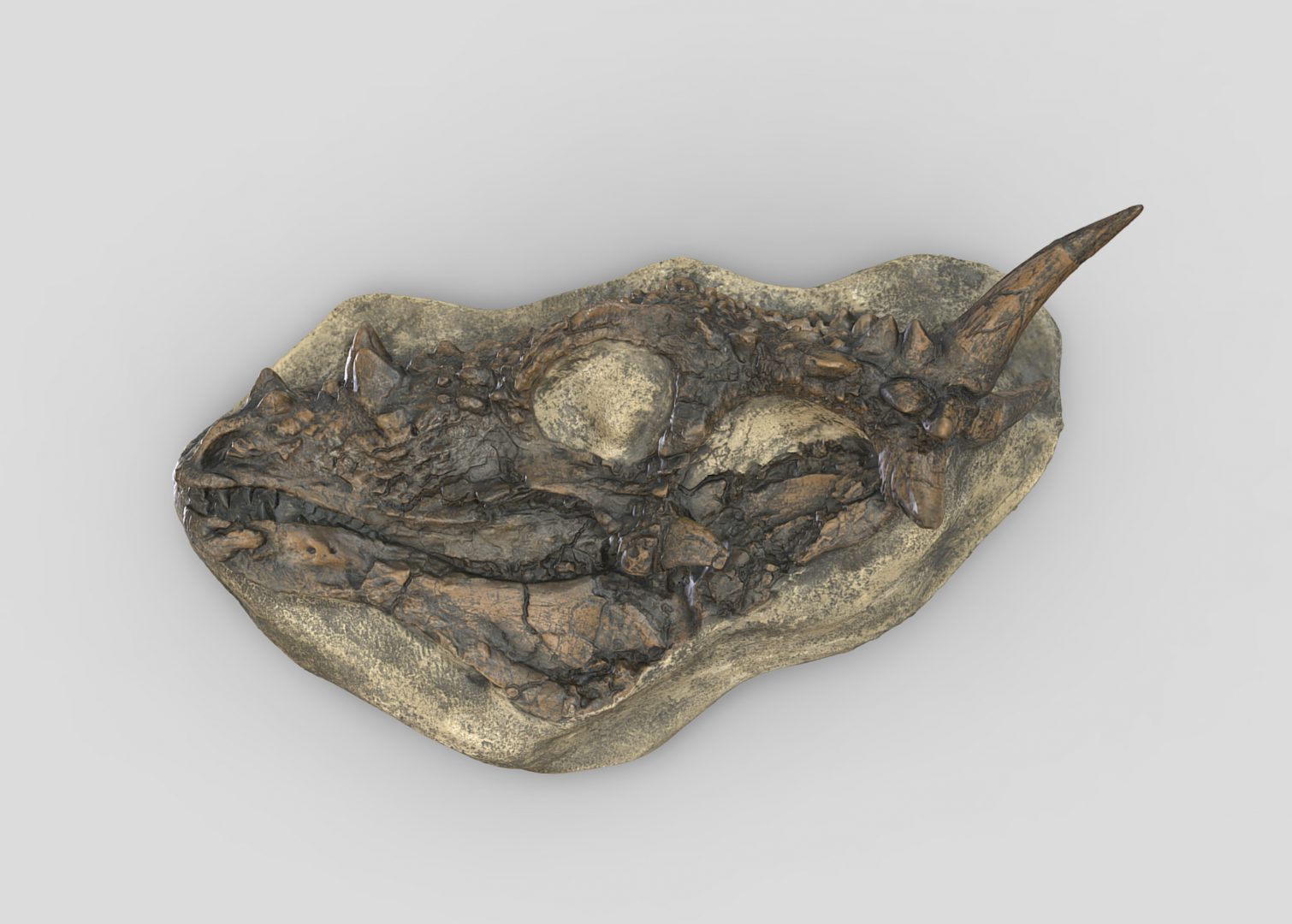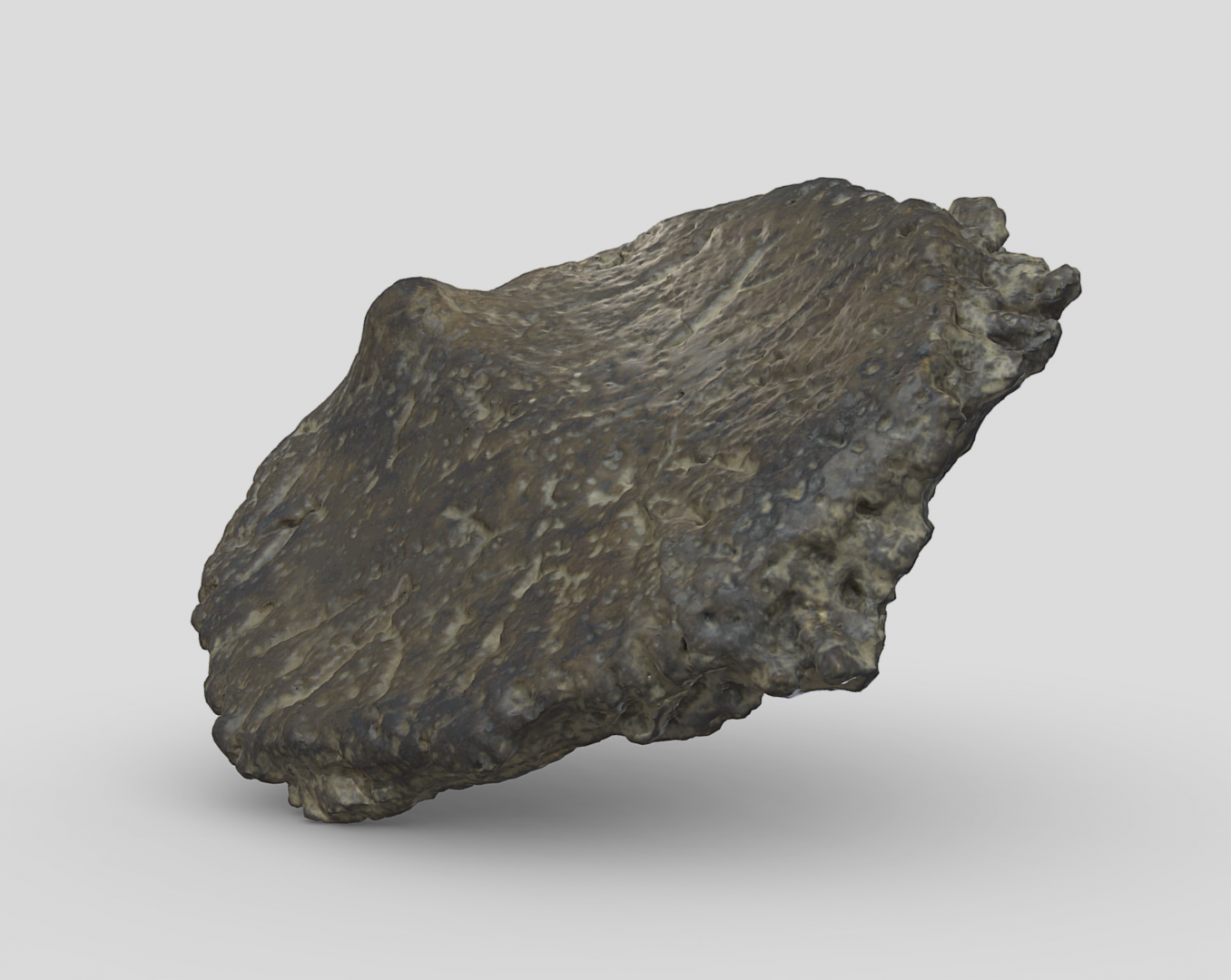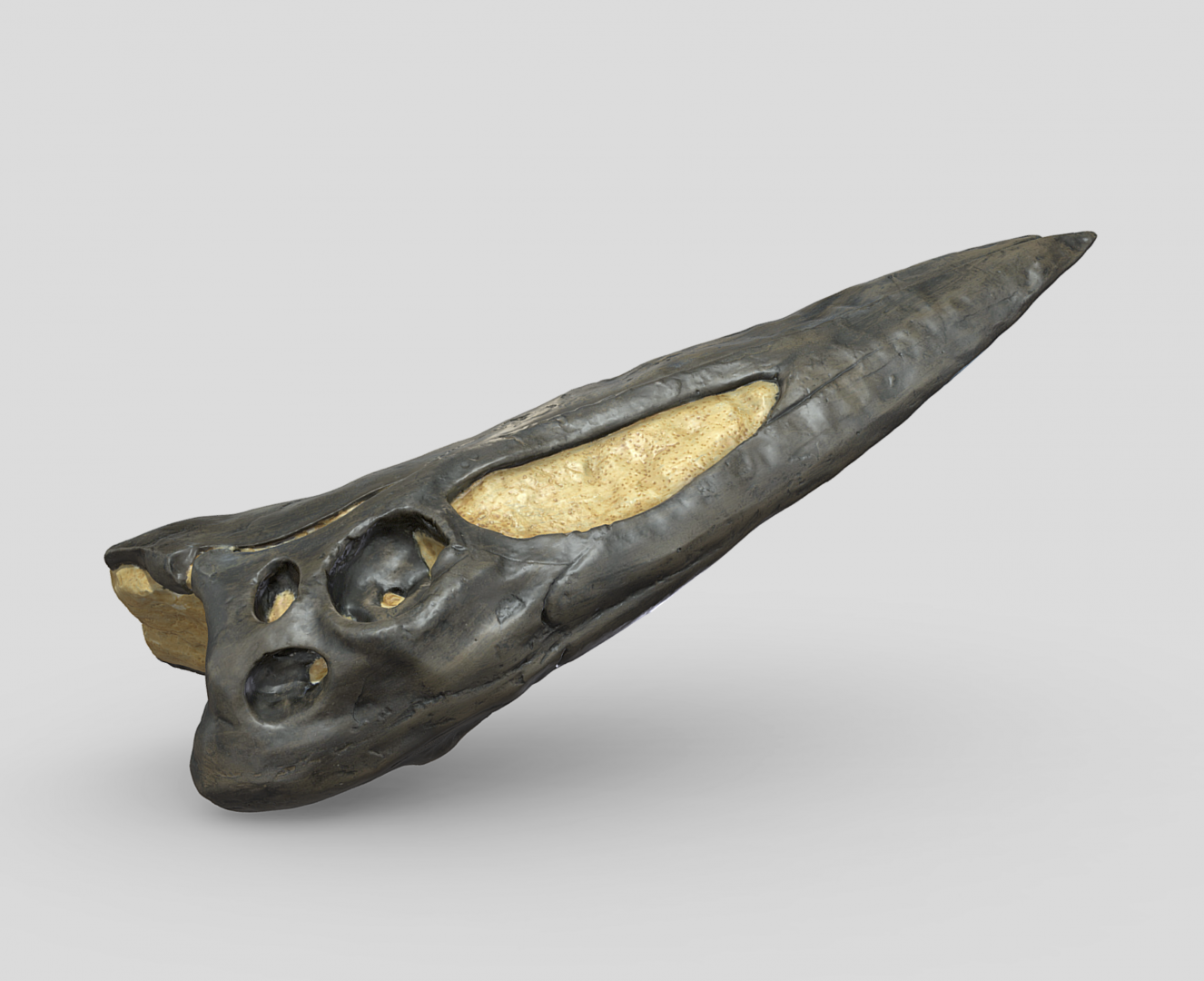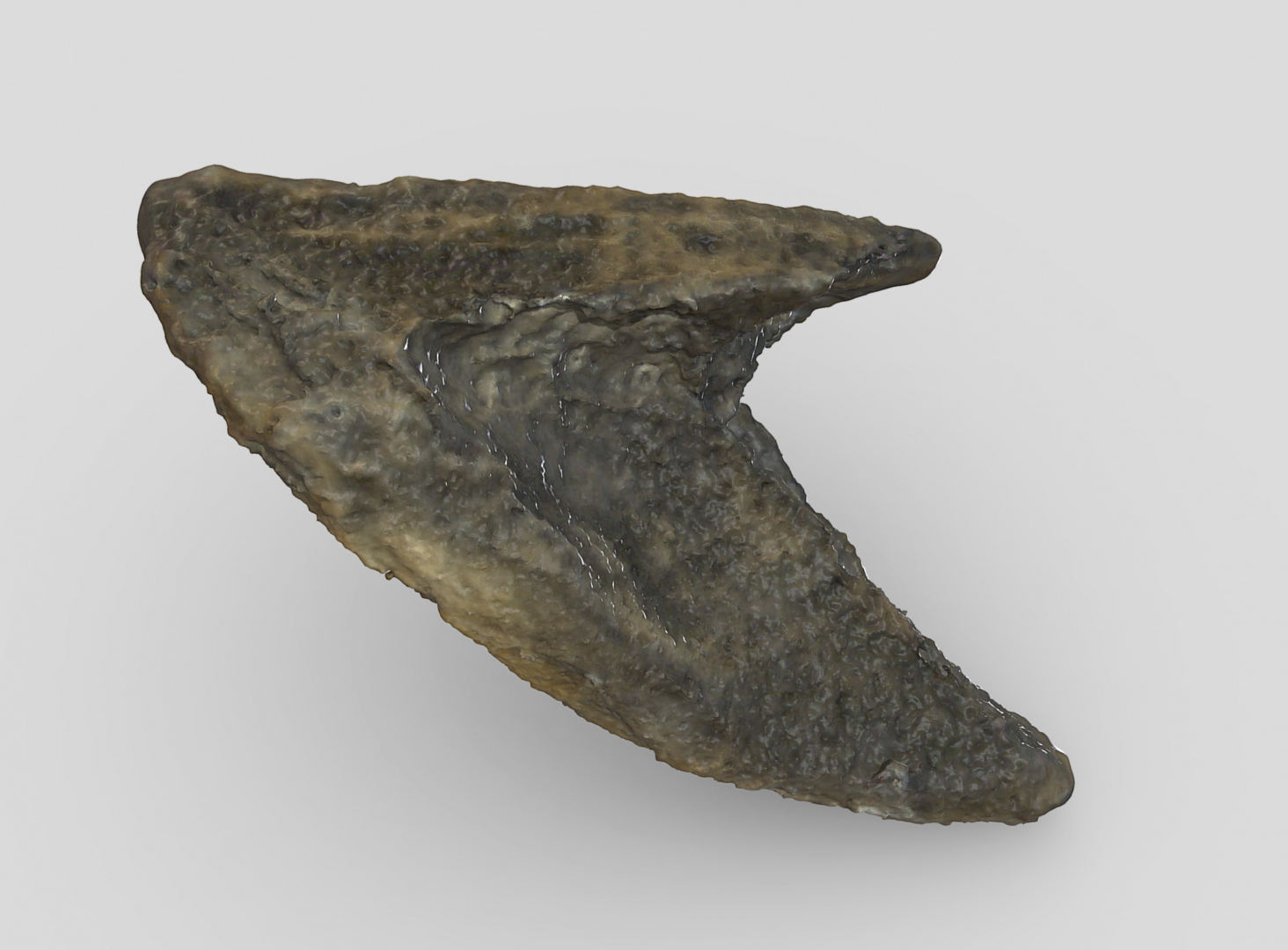EXTINCTION OF THE DINOS AND DAWN OF THE MAMMALS
Fossils
Edmontosaurus sp.:
The two known members (Edmontosaurus annectens, Edmontosaurus regalis) of the Edmontosaurus genus were huge herbivores. They lived in the late Cretaceous age. The first remains were discovered in the western part of North America. The length of E. annectens could have reached 12 m, and its weight was 5 t. It could move both on two and four feet. Before the Cretaceous-Tertiary extinction event, it was one of the last prehistoric dinosaurs that lived with the Triceratops and Tyrannosaurus.
Dracorex hogwartsia
It lived in the Late Cretaceous of North America. Its fossils were first discovered in 2004 in the Hell Creek formation in South Dakota. It was about a 3 m long herbivore. On its thick skull, it had spikes. Some suggest that it is not a new dinosaur, but the juvenile version of the Pachycephalosaurus.
Ankylosaurus magniventris:
Its fossils turned up in North America. Its heavy tail club and armoured body provided excellent protection against predators. Its weight could have reached 4–6 t and its body length could have been 9 m. It lived its days as a herbivore.
Quetzalcoatlus northropi:
Quetzalcoatlus lived in the Late Cretaceous 68–66 mya. It was a huge Pterosasurus with a wingspan reaching 10 m in length. It was one of the last Pterosaurs that lived to see the end of the Cretaceous. Its neck was long, there were no teeth in its narrow jaw and a bony crest was sitting on the top of its head.
